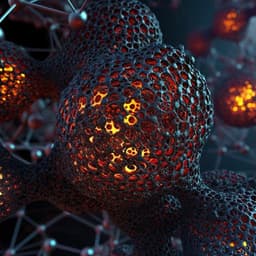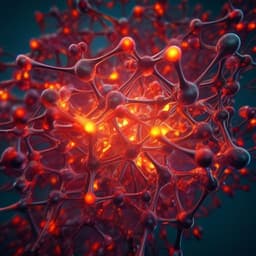
Engineering and Technology
Embedding physics domain knowledge into a Bayesian network enables layer-by-layer process innovation for photovoltaics
Z. Ren, F. Oviedo, et al.
Discover how integrating physics domain knowledge within a Bayesian network transformed gallium arsenide solar cell optimization, unveiling layers of performance improvements and reducing the reliance on traditional experimental methods. This innovative study was conducted by Zekun Ren, Felipe Oviedo, Maung Thway, Siyu I. P. Tian, Yue Wang, Hansong Xue, Jose Dario Perea, Mariya Layurova, Thomas Heumueller, Erik Birgersson, Armin G. Aberle, Christoph J. Brabec, Rolf Stangl, Qianxiao Li, Shijing Sun, Fen Lin, Ian Marius Peters, and Tonio Buonassisi.
~3 min • Beginner • English
Related Publications
Explore these studies to deepen your understanding of the subject.







